XR Digital
At XR Digital, we blend creativity, technology, and strategy to deliver unparalleled digital solutions. Explore the possibilities with us as we push the boundaries of innovation and transform your vision into reality.
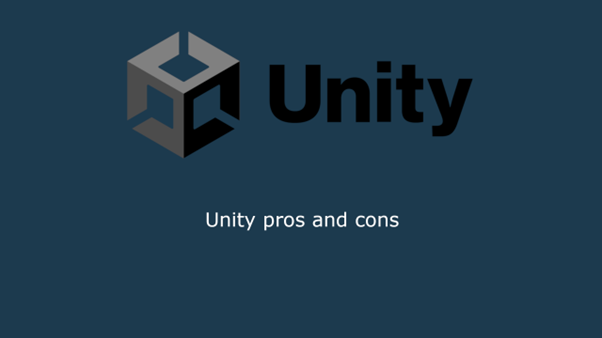
The surge in demand for highly sophisticated and visually stunning games has brought about a conundrum for developers. The intricate designs, intricate mechanics, and cross-platform compatibility requirements have made game development a formidable task.
During discussions about creating games the name of the Unity engine sounds more and more often. Why so? Nowadays, it is one of the best game engines in this field. Unity is used to create more than half of all mobile applications, and, for the 1000 most popular applications, its share is 65%.
Unity stands as a cornerstone in the realm of game development, a platform that has revolutionized the industry with its intuitive tools and expansive capabilities. As technology advances and the demands for more sophisticated and immersive games rise, developers grapple with the need for a versatile and efficient game development platform.
UNITY supports innovative new platforms and technologies, such as AR, VR, mobile, desktop, and console.
This article aims to dissect Unity, shedding light on both its virtues and its limitations, to provide a comprehensive understanding of its role in contemporary game development.
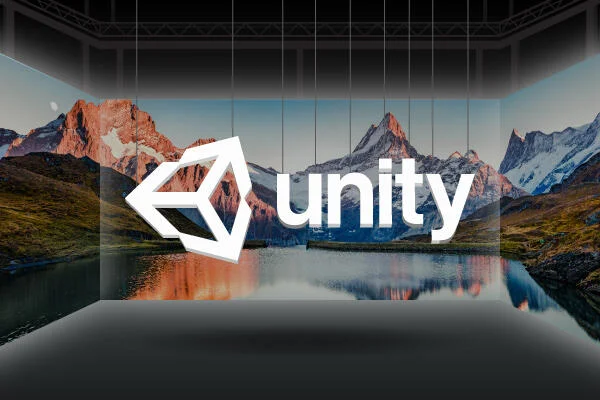
To comprehend the significance of Unity in the realm of game development, it’s imperative to trace its evolution from its inception to its present-day prominence. Unity, founded in 2005 by David Helgason, Joachim Ante, and Nicholas Francis, emerged as a cross-platform game engine, enabling developers to create interactive 2D and 3D content with relative ease.
UNITY is a real-time 3D development platform and editor that allows you to create games and interactive experiences for various platforms using React, a popular library for building user interfaces.
Over the years, Unity has undergone transformative developments, solidifying its position as one of the most widely used game development engines in the industry.
In understanding Unity’s role in the industry, it becomes clear that its success is not merely a result of technological prowess but also stems from its ability to adapt to the changing needs and aspirations of game developers.

In the vast landscape of game development, Unity stands out as a powerhouse, offering a multitude of advantages that have endeared it to developers worldwide.
Unity’s hallmark lies in its intuitive interface and user-friendly development environment. Unlike some other game development engines that may pose a steep learning curve, Unity’s design allows developers to quickly grasp its mechanics, making it accessible to both beginners and seasoned professionals. The drag-and-drop functionality, coupled with visual scripting options, empowers developers to streamline the development process, focusing more on creativity and less on technical intricacies.
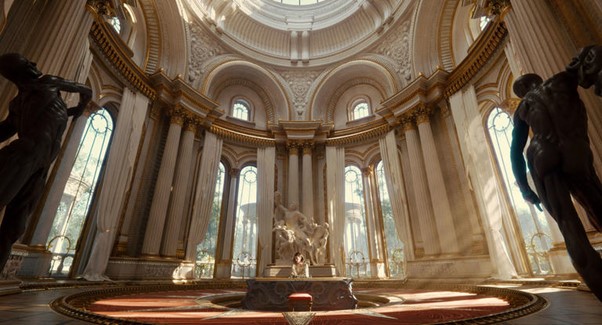
One of Unity’s standout features is its robust support for multiple platforms and operating systems. Developers can target a broad spectrum of devices, including consoles, mobile devices, and PCs, without the need for extensive code modifications. This versatility not only saves time and resources but also positions Unity as an ideal solution for developers looking to reach diverse audiences with their games.
The Unity Asset Store stands as a treasure trove for developers, offering a vast library of assets, plugins, and tools. This ecosystem facilitates rapid development by providing pre-built resources that can be seamlessly integrated into projects. The collaborative nature of the Asset Store encourages developers to share their creations, fostering a sense of community and accelerating the overall pace of game development.
Unity boasts an active and vibrant user community, creating a supportive environment for developers. The community-driven nature of Unity allows developers to seek advice, share experiences, and collaborate on projects. Additionally, Unity’s commitment to customer support ensures that developers have access to the assistance they need, further enhancing the overall user experience.
Unity seamlessly integrates with popular tools like Visual Studio, GitHub, and Photoshop, streamlining your workflow and making it more efficient.
Unity’s development environment is conducive to rapid prototyping and iteration. The platform facilitates quick development cycles, allowing developers to experiment with ideas, test functionality, and make adjustments efficiently. This agility is particularly valuable in the iterative process of game development, enabling creators to refine and enhance their projects with minimal friction.
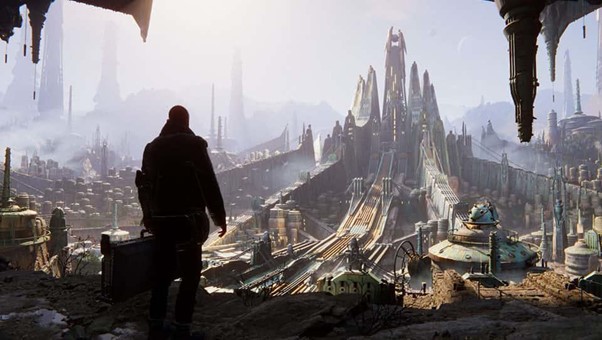
As we delve into Unity’s drawbacks, it’s essential to recognize that these limitations are not insurmountable obstacles but considerations that developers must weigh against the platform’s numerous advantages. Unity’s journey, much like any other development tool, involves a continuous effort to address these challenges and evolve in response to the ever-changing demands of the game development landscape.
Unity, while versatile, is not immune to performance challenges, especially when dealing with resource-intensive games. The engine’s capabilities may face limitations when handling complex graphics, extensive physics simulations, or large-scale projects. Developers often grapple with the delicate balance between achieving the desired visual fidelity and ensuring optimal performance, necessitating careful optimization strategies.
While Unity offers a free version for small developers, the platform’s licensing model and associated costs can become a concern for larger projects or established studios. Understanding the pricing structure, which may involve subscription fees or revenue-sharing models, is crucial for developers to assess the financial viability of using Unity for their specific needs. Balancing the costs against the benefits requires a thoughtful consideration of the project’s scale and potential revenue.
Despite its user-friendly interface, Unity carries a learning curve, particularly for newcomers to game development. The platform’s extensive features and capabilities may initially overwhelm beginners, necessitating time and effort to grasp the intricacies of the engine. While there are ample learning resources available, the learning curve remains a significant consideration for those entering the field or transitioning from other development environments.
Unity’s design, geared towards accessibility, may come with trade-offs in terms of customization. Some developers may find that Unity’s simplicity limits their ability to implement highly specialized or intricate features. Striking the right balance between a user-friendly environment and the flexibility required for unique project requirements can be a challenge, especially for developers with specific customization needs.

Unity is a powerful and versatile game engine that supports various VR platforms and technologies, such as Meta Quest, SteamVR, PlayStation VR, and more.
You can create immersive and interactive VR experiences with Unity’s tools and features, such as the Universal Render Pipeline, the XR Interaction Toolkit, and Visual Scripting. You can also learn how to develop VR games with Unity by following the tutorials and courses on the Unity Learn website, such as the Oculus & Unity VR course. Unity is used by many VR developers and studios to create amazing games and experiences in different genres and styles.
Some examples of VR games made with Unity are Cuphead, Fall Guys, Hollow Knight, Call of Duty: Mobile, and Pokémon GO. If you want to learn more about VR, you can check out this link.
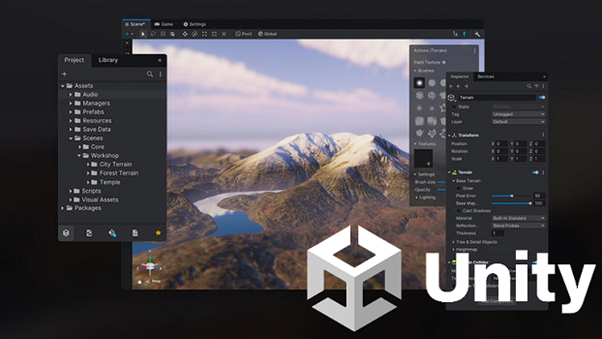
To appreciate the practical implications of Unity’s pros and cons, delving into real-world applications and case studies provides invaluable insights. Examining successful games developed with Unity sheds light on the platform’s capabilities in diverse genres and scales. Notable titles, ranging from indie gems to blockbuster hits, have harnessed Unity’s features to bring captivating and immersive experiences to players worldwide.
Additionally, understanding the challenges faced by developers in specific projects is instrumental in contextualizing Unity’s role in overcoming or navigating these hurdles. Instances where Unity has excelled and instances, where developers encountered roadblocks, offer a nuanced perspective. These case studies serve as practical lessons, providing a bridge between theoretical advantages and real-world implementation, guiding developers in their decision-making processes.

Peering into the future of Unity unveils a roadmap marked by innovation, adaptation, and a commitment to addressing existing challenges. Unity Technologies, the company behind the Unity engine, continually endeavors to enhance and expand the platform to meet the evolving demands of the game development industry.
Unity’s vision for the future encompasses not only technical advancements but also a strategic approach to fostering a thriving and inclusive development ecosystem. Anticipated improvements and features are poised to further amplify Unity’s strengths while addressing some of its limitations. The commitment to providing developers with powerful tools and a supportive environment remains at the forefront of Unity’s future developments.
Moreover, Unity’s roadmap likely includes initiatives to make the platform even more accessible to developers of all levels. Efforts to streamline the learning curve and enhance user-friendly features could contribute to a broader and more diverse community of Unity developers.

Unity announced a significant modification to the Unity pricing model on September 12, 2023.
The corporation implemented a new developer commission. The magnitude of the commission is directly proportional to the number of game installations. The commission will be established on January 1, 2024.
The new Uniy pricing model does not apply to all developer types. The following conditions will apply to developers who used free subscriptions: Unity intends to charge $0,20 for each install. It is applicable to games with 200,000 or more installs and $200,000 or more in revenue.
After 1 million downloads and $1 million in revenue, those who used the Pro and Enterprise Unity price structures will suffer a lower fee.
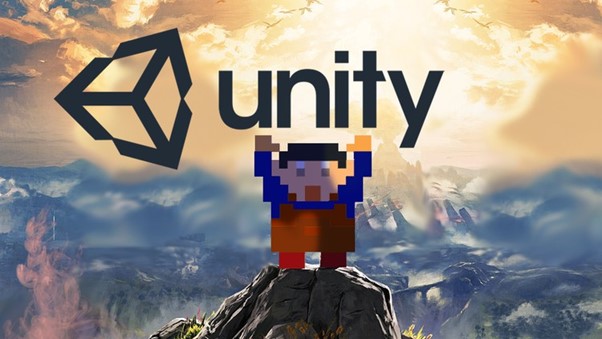
In conclusion, Unity stands as a dynamic force within the game development landscape, weaving together a tapestry of strengths and challenges that shape its impact on the industry. The exploration of Unity’s pros has illuminated its accessibility, multi-platform support, the richness of the Asset Store, the strength of its community, and the agility it provides for rapid prototyping and iteration. These attributes collectively contribute to Unity’s widespread adoption and its role in empowering developers to bring their creative visions to life.
Unity’s journey, marked by its evolution, successes, and challenges, encapsulates the essence of the ever-changing landscape of game development. As developers continue to harness the power of Unity, the platform’s legacy unfolds in the games created, the communities formed, and the innovations yet to come. In the grand tapestry of game development, Unity’s role is not just as a tool but as a catalyst, shaping the future of digital experiences for players worldwide.

As XR Digital envisions the future of game development, Unity’s ongoing updates and roadmap align with our dedication to staying ahead of industry trends. We look forward to further integrating Unity’s capabilities into our services, exploring new possibilities in augmented reality (AR) and virtual reality (VR) gaming experiences.
Our expertise in Unity game development enables us to navigate the challenges mentioned in the article, ensuring that we create engaging and polished games that captivate audiences across various platforms.
The five major components of Unity are the Scene, Game Objects, Components, Prefabs, and Assets. These components collectively form the foundation for creating and developing games within the Unity environment.
The 100K rule in Unity refers to a guideline suggesting that, to maintain optimal performance, developers should aim to keep the total number of triangles in a scene below 100,000. This rule helps manage the graphical complexity of a scene to ensure smooth rendering and efficient performance.
Skills in Unity encompass a range of competencies, including proficiency in programming languages like C#, knowledge of game design principles, familiarity with the Unity development environment, understanding of physics and mathematics for game mechanics, and problem-solving abilities for debugging and optimization.
In design, the seven elements of unity are Line, Shape, Color, Value, Space, Texture, and Form. These principles apply more broadly in design but can also influence the aesthetic aspects of game development within the Unity engine.
At XR Digital, we blend creativity, technology, and strategy to deliver unparalleled digital solutions. Explore the possibilities with us as we push the boundaries of innovation and transform your vision into reality.